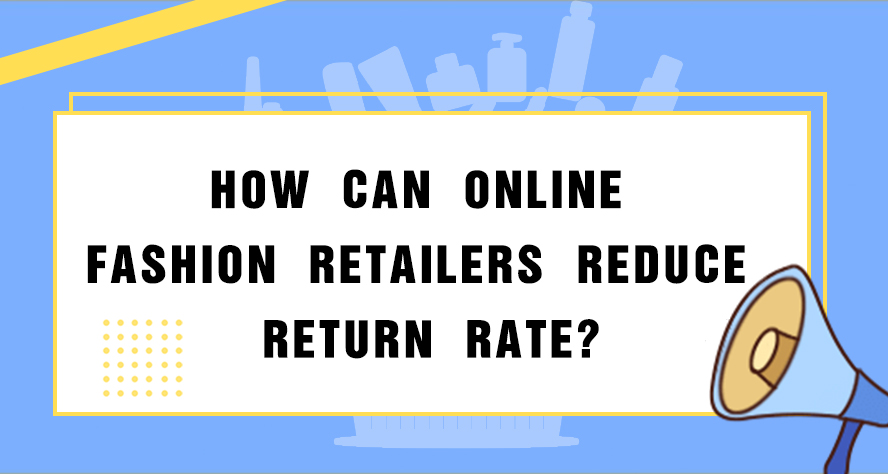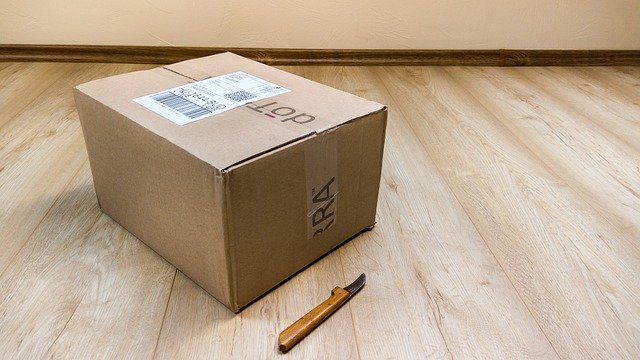
Online fashion retailers are continually struggling with the struggle of returns. Studies show that consumers will return most clothing and apparel items at up to 40%. If your retailer cannot reduce return rates, they will waste time and money on processing returns. This article explains how online retailers can reduce their losses by ensuring customers buy what they expect, providing quality customer service, and keeping customers engaged with the content.
So here are some ways for online fashion retailers to reduce returns.
Answer customers’ questions before the purchase.
The online retail fashion industry is known for its high return rate, which can be disappointing for customers and retailers alike. Smart retailers make an effort to answer questions first before the purchase. Research shows that an in-depth pre-purchase quiz will decrease your return rate by 37%.
Customers will have concerns about the quality, size, and material of the product. If you address their concerns before they place an order, they will make a more rational choice to avoid purchasing an unsatisfactory product, thus reducing the return rate.

Further, it is a good idea to do frequent surveys where you ask your customers what they like and do not like about their experience with the products and services offered by your company. You can also put a free form or open-ended question at the end of each survey where you ask them how you could improve things.
Provide detailed product descriptions.
Most customers will check the product descriptions before making an informed purchase decision, such as the material of the jewelry, the size of the apparel, etc. A detailed and correct product description will greatly reduce the probability of customer returns. If your boutique sells clothing, it is especially important to pay attention to the size of the product. Size standards vary from country to country, so if you are reselling wholesale clothing from China or another country, be careful to convert the sizes.
Check product quality before shipping.

Product quality issues are the most likely to cause returns. The product you get from the supplier or manufacturer may still be defective. So, to reduce returns, you need to check the quality of each product before shipping.
Upload your return policy.

The more visible you are about your returns policy, the less likely customers will return an item. However, that does not always mean that you need to post your policy on every piece of clothing on your website or in every store. Posting a full return policy on every product can discourage potential customers from purchasing from your store because they may not understand their rights regarding the return or exchange of goods.
Research new product development.
When researching new products for a retailer, do not focus on sales data and look at what products are being returned frequently and what is causing them to be returned. U.S. market data from the National Retail Federation shows that the return rate for online purchases was 20.8% last year, up from 18.1% in 2020. That is where the retailer should know to include customer service and how to help customers understand what they are buying before they buy so they can be satisfied with their purchase.
Mirror your competitors.
When retailers try to look like their competitors, it is critical to research what is working for them and what is not. If a customer wants to return their merchandise, chances are it is because of a problem that has not been addressed by other retailers yet. When other retailers return items, it is an excellent opportunity for stores and brands to understand why customers return items. One great way to understand your customers more is how other retail brands respond to customer queries. The research shows that 10 percent of customers will leave a company’s website if they do not receive the information they want within a two-minute time frame.
Make it everywhere you sell online.
According to research, in-store returns can significantly increase when consumers feel like they have access to an easy return policy whether they shop in-store or online. Making your return policy available everywhere you sell can help decrease the number of returns and make people more comfortable purchasing from your store or brand.
Create a way to attach your return policy to every product.
Gaining customer trust can be difficult if your customers are unsure where they can return an item. Having a link included with every product effectively increases sales and decreases returns. This research shows that 80% of customers prefer having the ability to retrieve their refund information through an email or link sent directly on the package when they receive their merchandise back. That ensures there is no guessing when it comes to what you need to do for a customer to receive a refund and how they should receive the information.
Ensure good packaging and customer support.

Breakage of goods in transit is something that can occasionally happen. Therefore, take protective measures, such as bubble wrap, for your jewelry packaging or for other fragile products. If the goods do break, you can reduce the probability of return by communicating with the customer or compensating.
Offer a full money-back guarantee.
A full money-back guarantee can significantly decrease returns as well. That means that customers have to be satisfied with their purchase, and it must meet specific criteria for them to receive a refund.
A full money-back guarantee is great for customers returning a product that is not right for them. Studies show that 50 percent of customers will return an item because they do not understand how one piece of clothing works or fits. According to your return policy, they are more likely to keep the item and recommend your retailer or brand if they receive the return.
Provide similar products and brands for comparison.
The research shows that when a customer has the opportunity to return an item, they will do so if it is similar to other items they have seen in stores that are similar to the same brand. They will also stay in your store and purchase additional items if they want something specific instead of returning because they do not want to wait on their return. That is a great way to encourage customers to make purchases and keep returning once they feel confident enough with their purchases.
Educate yourself on the value of returns.
The research shows that customers will return a product if the retailer provides excellent customer service. They are more likely to feel confident knowing there is someone to speak with when they want to return an item. One thing that can help customers feel secure is knowing that they can always return items. It is nearly impossible to research every market where you do business and find out what your customers want. Instead, retailers and brands should investigate what is most effective for the first and adapt their strategies as necessary for their customers to feel confident about purchasing from them.
In fact, fashion e-commerce is more prone to returns than other niches. Yet, lack of attention to returns not only adds unnecessary costs and affects the online fashion retailer’s turnover, but also has a negative impact on the store’s reputation. So, consider the above suggestions to reduce online returns.
Additional Read:
How to Use Promotional Pricing Strategies for Your Business





